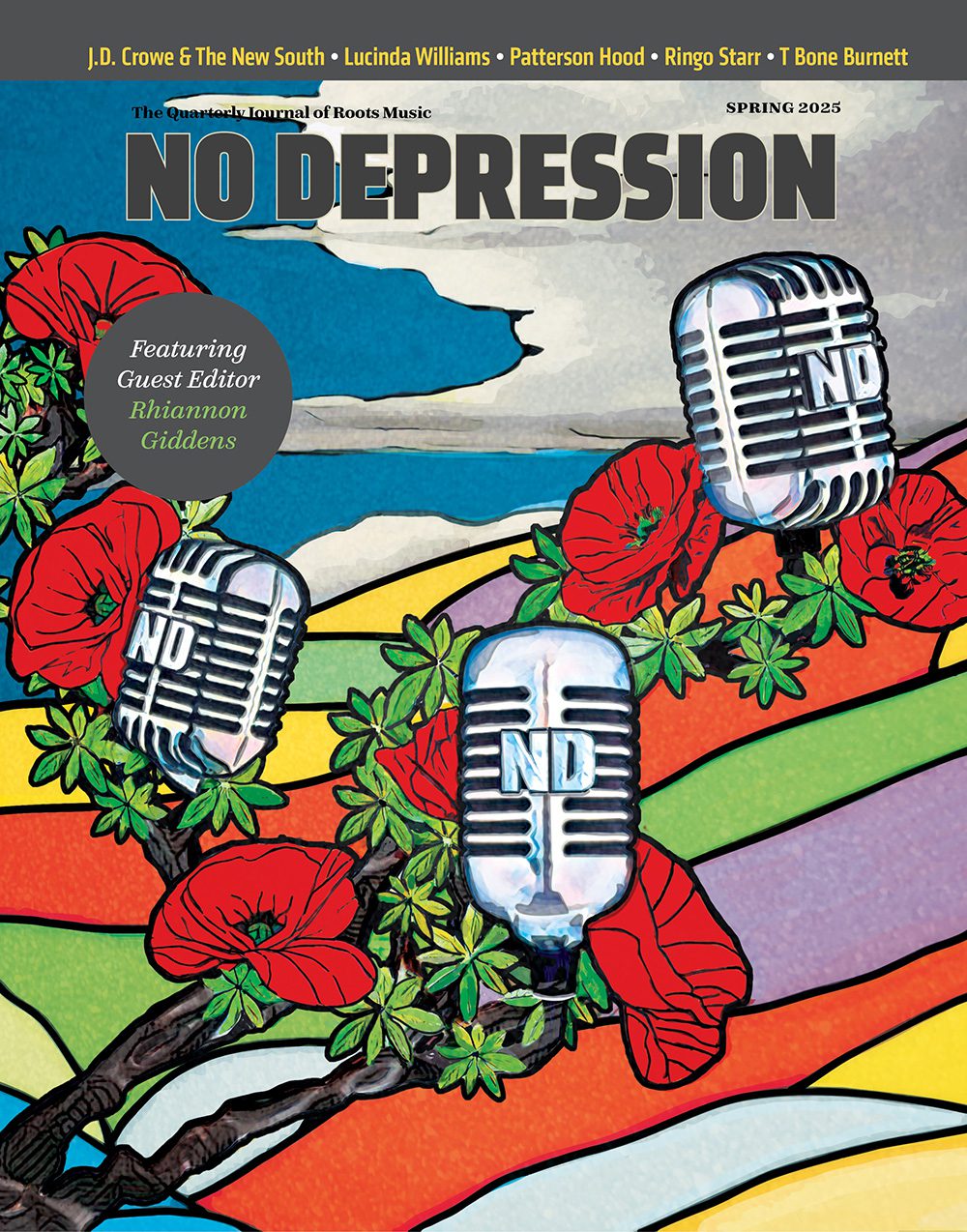Porter Wagoner – The Thin Man
On the strength of these, Wagoner moved to Nashville and joined the Grand Ole Opry on February 23, 1957. “I was real scared about packing up and moving here,” he remembers, “because my roots were [in Missouri]. I knew I could make a living playing music there, but I wasn’t sure of the big time yet. And the night I was inducted into the Grand Ole Opry, probably one of the most cherished parts of my career was, when I came off the stage, Roy Acuff asked me to come to his dressing room. He said, ‘I’m really glad you joined the Grand Ole Opry, Porter, I think we really need your kind of people here, because you’re a great communicator with the fans.’ And he handed me a little piece of paper and said, ‘This is my home phone number. If you need anything while you’re here, or if I can help you in any way, call me.’
“Well, that meant more to me than anything at that time, because it gave me a feeling that I was part of the Opry then, because he was the top man, the King of Country Music, and he meant it. I could tell by the way he told me. So that really gave me a lot more confidence than I had, and I felt pretty much at ease at that time. I felt, if you can get some good songs, you can have a career here.”
Porter Wagoner found good songs — when he didn’t write them himself — and he has indeed had a career in Nashville. He had a solid, if not spectacular, run on the radio as a solo artist; he reached the Top Ten on his own only 11 times after 1956, and had only one #1 by himself, 1962’s “Misery Loves Company”. More importantly, however, his ability to communicate and his television experience led the Chattanooga Medicine Company, a patent medicine producer, to tap him in 1960 as the host of a syndicated TV show that lasted a remarkable 21 years.
The demands of a weekly production that was geared to reaching the same audience over and over, rather than playing to a different crowd each night in the rhythm of concert touring, pushed him in a different direction than many of his peers. He was responsible not only for his own music, but for the overall balance of the show, and he looked back to the traveling shows of his childhood, in the pre-television days, for inspiration.
“The kind of shows that I wanted to do to be successful came from Roy Acuff and Bill Monroe,” he says. “That’s how come I got a girl singer; I figured, if I’m going to have a show, you need a girl singer and a comedian. And that was one of the keys: We had a rounded show, a rounded-out show. And I learned that from these men. They were really heroes to me.”
The installation of a girl singer, in the end, turned out to be one of the most important moves he ever made. The first to join his show was Norma Jean Beasler, invariably referred to as “pretty Miss Norma Jean.” Her strong, direct contralto matched Porter’s voice well, and the two frequently sang together on their shows, though never in the recording studio.
The handful of duets between them captured on the three live albums Wagoner released in the mid 1960s — The Porter Wagoner TV Show: Hits And Highlights, On The Road, and the recently reissued In Person — reveal an approach to harmony singing that would soon bring Porter and another duet partner greater success than he could achieve on his own. On these songs, as later, rather than have Norma Jean sing tenor to his lead or sing baritone to her lead, Wagoner would sing a low tenor harmony part on the duet passages.
“I just came to it naturally,” he says, “and it seemed like it worked real well.” It did, indeed, for it captured the power of the traditional country duet — melody and tenor — while giving the vocals a bit of the flavor of the pedal steel guitar, which frequently placed the tenor line at the low end of its triads.
The lead/low-tenor combination was a compelling one, especially when Wagoner replaced Norma Jean, who left the show in 1967, with a young woman from eastern Tennessee named Dolly Parton.
Aside from the impact Parton’s effervescent personality and style had all on its own, the duo’s influence was almost incalculable, their voices blending with an unexcelled perfection well before other popular duets such as Loretta Lynn and Conway Twitty or George Jones and Tammy Wynette hit the charts. “The Last Thing On My Mind”, a revamped Tom Paxton folk song that set Wagoner’s low, almost tender articulation against Parton’s tremulous soprano, reached the Top Ten in late 1967, and from then on the pair was an almost continuous chart presence until Parton left the show in the mid-’70s. The partnership ended in a legal struggle that clouded their relationship until the end of the decade.




